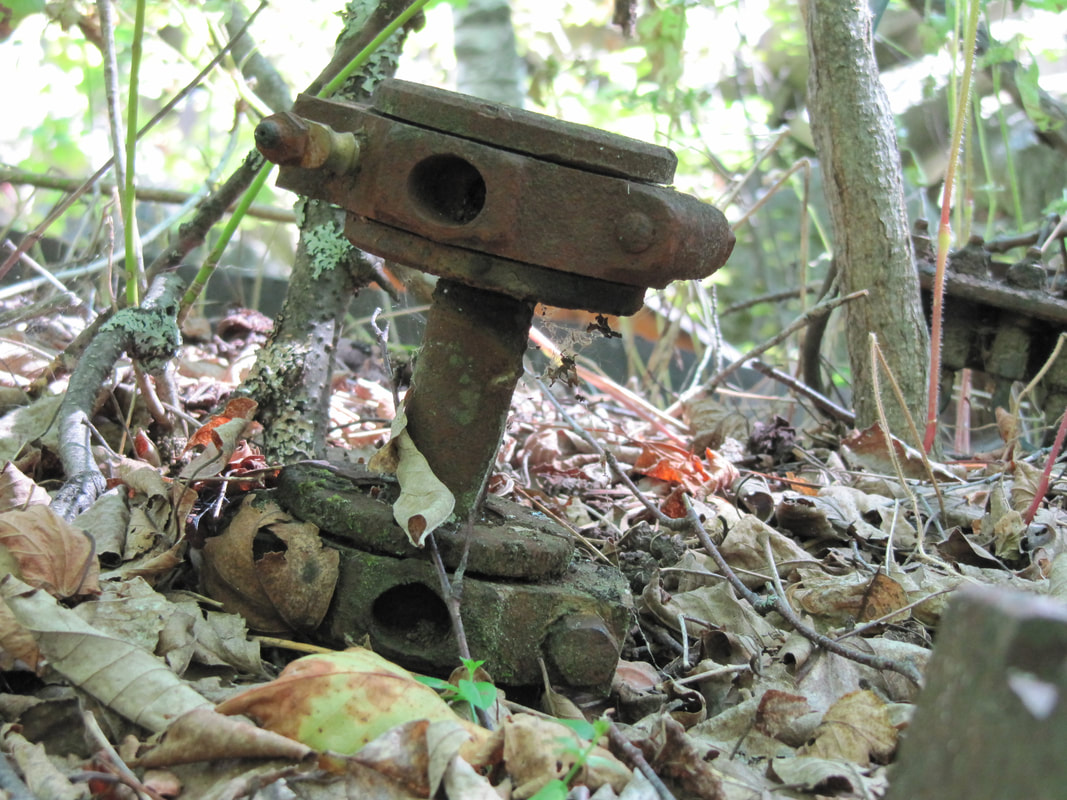We also removed the fascial connections and were taught that the fascia essentially provided a means for separating the parts into their individual components. Ironically, we NEVER tried to put the human form back together MUCH less even gave ANY thought to how the body changes when preserved for study, which is NOT at all what it is like when we are alive and fully formed and fluid filled. If we had tried to recreate the human form, we would have failed miserably because we removed and never gave any thought to the fascia which is really what holds us in connection based on its function and structure.
What does that have to do with biomechanics and not being a machine? Well, looking at you as parts that creates a whole discounts that you are really a whole made of parts held together by this amazing structure called fascia.
Biomechanics looks at movement based on Newtonian physics and often describes moving in terms of a lever system. Humans and animals don’t move in this way at all, if we did, we would move like those robotic forms that have shown up on the news or in your video feeds, moving yes, but not with the dynamic and fluid way that all animals and humans do, unless you are hurt or moving in a constricted or compressed way for other reasons like fear or trying to be quiet as you try to surprise someone as you sneak up on them.
If you have read any of my Facebook posts you may have seen me post or talk about BIOTENSEGRITY. You might be wondering what that means and why that might be an important word to know or understand for being able to move with ease. Biotensegrity can be broken up into two pieces, BIO and TENSEGRITY. Tensegrity is a word that combines the terms tension and integrity. Much of the work in tensegrity models came from the architectural world and the structures built by Buckminster Fuller and others. In the 1980’s an orthopaedic surgeon, Stephen M. Levin, was the first to recognize and then publish articles that stated that the laws of tensegrity - tension with integrity was a much more logical description of human and animal movement than the standard use of biomechanics. From there, other researchers have added more material from the study of the fascia and movement and have now coined the words BIOTENSEGRITY and FASCIALTENSEGRITY that better describe how the body moves.
To be clear - biotensegrity is not another new technique or method. What it does offer us is a way to look at movement from a very different perspective, one that is exciting and full of possibility and freedom. It helps us to not only understand movement but also how our bodies take up space. Instead of thinking in terms of levers as a means of moving the body, it is surmised that we function more from a tension/compression system. When experienced, you can really feel and understand physically and intellectually that this makes WAY more sense in so many ways. Add in normal embryologic development (the embryo develops as a series of invaginated tubes), you really can’t see or imagine the body moving in a biomechanical way anymore! We are designed for ease of movement, efficient movement that includes rotation and spiraling, something that a lever can’t do because it is a hinge.
This perspective has really influenced my practice, including in how I apply manual therapy techniques and then how I incorporate the change in space that is made with the manual techniques to help the person maintain and or gain more space after and between sessions.
I hope that you have found this helpful and if not helpful, that perhaps it it has created a spark of interest and or curiosity about how you move. Or perhaps how you developed and were meant to move. Or what else is possible for you if you start to challenge the concept of biomechanics and play with the new and every expanding concept of biotensegrity and how it informs our movement and life.
Questions? Feel free to reach out to chat about this or send me a message on my Facebook page Halen Hands.








 RSS Feed
RSS Feed